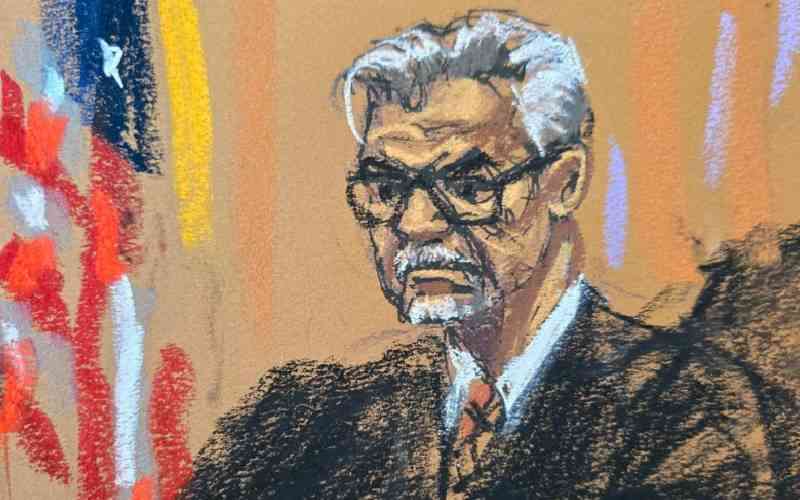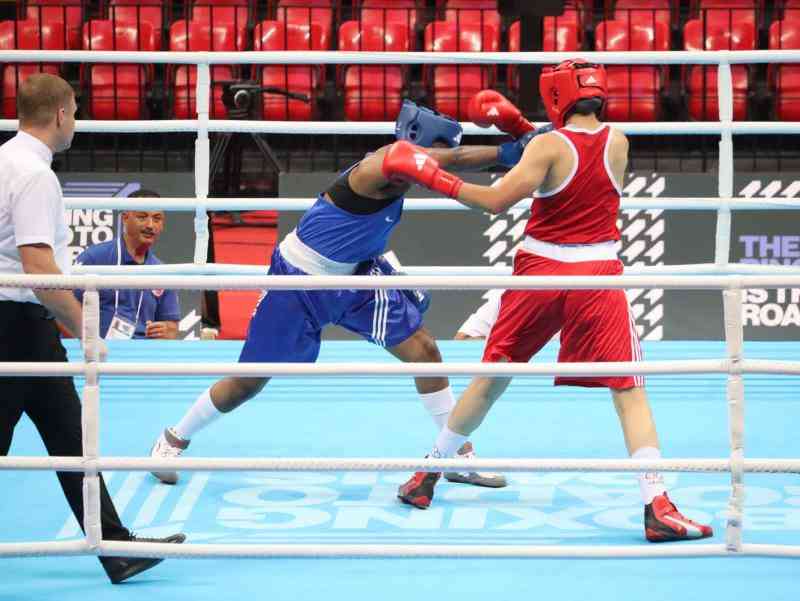It has been one week like none since the end of World War II in 1945 and the Cold War in 1989. Make no mistake; we are on the brink of the next New World Order. In Vancouver, Canada, US President Donald Trump escalated a war of words against America’s post-World War II allies. Two days later, he was shaking hands with North Korea’s Kim Jung-Un.
Elsewhere, Russia’s President Vladimir Putin has glowed in the glory of hosting the World Cup. He watched in glee as Russia pummeled a hapless Saudi Arabia, with the world positively focused on his country. In a sideshow, France and Italy were entangled in a row sparked by disagreement on illegal migrants. As we say in Emanyulia, things are truly changing.
There is an uncanny nexus between the handshake in Singapore and the World Cup kick off in Moscow – transfer of glory. The global community will recall how in 2002 President George W Bush referred to North Korea, Iran and Iraq as “the axis of evil.” President Bush would repeatedly return to this theme. He believed these countries sponsored terrorism and promoted weapons of mass destruction. The three countries have had a troublesome anchorage with Russia and the US. They have each been involved in wasteful proxy wars on behalf of either of the two superior powers, at the expense of their peoples. It is ironic that Trump is breaking with his country’s traditional allies and shaking hands with Kim, as Putin glows in sports glory, perhaps in a reflection of things to come.
A bit of historical context is useful. In 1907, Russia’s monarchy fell to the Communist revolutionaries under Vladimir Lenin. They vowed to take communism to every corner of the world. They signaled instant danger to Western Capitalism, which they vowed to overthrow. The battle lines were drawn as East and West began competing for control. America was the leader of the Capitalist West. Yet, in 1939, Adolf Hitler and the Fascists caused this competition to go on hold, as Fascism represented a bigger threat to Capitalism and Socialism. Russians and Americans fought on the same side against Hitler. The defeat of the Fascists in 1945, however, saw the resumption of competition between the East and West.
Two bombs
After American atomic bombs descended on Hiroshima and Nagasaki in August 1945, British Prime Minister Winston Churchill suggested to President Harry Truman that they should drop the next bomb on Moscow. Mercifully, there were only two bombs and they had been detonated on Japan. The Japanese had themselves been forced out of a united Korea the previous year. But the caustic competition was back in earnest. Russia, which had taken the brunt of World War II on behalf of her allies – and now under Joseph Stalin – quickly rounded up the Eastern European countries she had redeemed from Hitler’s control. She merged most of them into a new nation called the Union of Soviet Socialists Republics (USSR). Others became her allies, pursuing a communist agenda. Churchill called these countries “the Iron Curtain,” suggesting that Russia was hiding behind this protective curtain.
President Truman, for his part, declared that he would roll back Communism everywhere in the world. This was the famous Truman Doctrine. Stalin and Truman divided the whole global community into two camps. Western Europe joined America in the military alliance called the Northern Atlantic Treaty Organisation, a compact whose core philosophy was that an attack against any one of the members was an attack on all of them. Interestingly, Germany, which had been the main enemy in World War II, was subsumed into the pact in 1954. The Soviet Union reacted by creation of the Warsaw Pact in 1955, with the same philosophy.
The rest, right from 1949, was about proxy wars. That is to say that although the US and the USSR never fought any direct war, they fought in other people’s countries. They split Korea into North and South and fought there. They fought in North and South Vietnam and in Afghanistan. They also fought in Iran and Iraq. Some of their most bloody wars, however, were in South America – and especially in, Nicaragua and Guatemala. In Africa, they fought most violently in Angola and Mozambique. They also had nasty completion in Ethiopia and Somalia.
Although Ronald Reagan and Margaret Thatcher declared the Cold War Over in 1989, the relics have been there. Russia lost control of her soviets in 1989 – 1990. The Warsaw Pact disintegrated and collapsed. Some of the members, in fact, became part of NATO. Yet the Cold War has in a sense “simmered” under the veneer. The US has remained obsessed with demonizing Russia and North Korea.
Russia was recently ejected from the Group of 8, following annexation of her old province of Crimea. She has been accused of global computer mischief and of meddling in US elections, as well as poisoning her citizens abroad. There was a sense in which the UK seemed to try a campaign against the World Cup in Russia, but failed to gain traction. Before turning court, Trump had vowed to annihilate North Korea.
The events of the past seven days are a great victory for the former Communists. The diminutive North Korean dictator caused President Trump to come to him in Asia, to shake hands and to declare that he was no longer a danger to Washington. And this was happening as Trump was rattling the Group of 7, while France and Italy were feuding and NATO in the early stages of crumbling. Whatever the outcome of World Cup, Putin is the main victor. Yes, a New World Order is unfolding before our very eyes, with Mr. Trump as the foremost player.
- The writer is a public communications adviser. [email protected]
 The Standard Group Plc is a
multi-media organization with investments in media platforms spanning newspaper
print operations, television, radio broadcasting, digital and online services. The
Standard Group is recognized as a leading multi-media house in Kenya with a key
influence in matters of national and international interest.
The Standard Group Plc is a
multi-media organization with investments in media platforms spanning newspaper
print operations, television, radio broadcasting, digital and online services. The
Standard Group is recognized as a leading multi-media house in Kenya with a key
influence in matters of national and international interest.
 The Standard Group Plc is a
multi-media organization with investments in media platforms spanning newspaper
print operations, television, radio broadcasting, digital and online services. The
Standard Group is recognized as a leading multi-media house in Kenya with a key
influence in matters of national and international interest.
The Standard Group Plc is a
multi-media organization with investments in media platforms spanning newspaper
print operations, television, radio broadcasting, digital and online services. The
Standard Group is recognized as a leading multi-media house in Kenya with a key
influence in matters of national and international interest.








